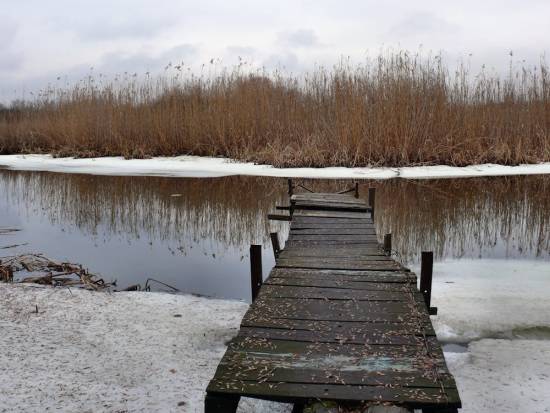As the warm days of late summer stretch on in Central New York, pond owners face unique challenges in maintaining the health and vitality of their aquatic ecosystems. Proper pond fish care becomes especially important during this time, as changing conditions can impact the well-being of your finned friends. In today’s blog post, we want to take a moment to explore the main aspects of feeding and monitoring your pond fish as the season begins to transition.
Understanding Late Summer Pond Dynamics
Late summer brings a mix of long, sunny days and the first hints of autumn’s approach. Water temperatures in your pond may fluctuate, affecting the metabolism and behavior of your fish. As a pond owner, it’s important to adapt your care routine to these changing conditions. Proper pond fish care during this time can help ensure your aquatic pets remain healthy and vibrant as they prepare for the cooler months ahead.
Adjusting Feeding Habits for Optimal Health
As summer progresses, you may notice changes in your fish’s appetite and activity levels. This is a natural response to shifting environmental conditions. To maintain proper pond fish care, it’s essential to adjust your feeding routine accordingly.
In late summer, water temperatures typically remain warm, keeping fish active and their metabolisms high. However, as days begin to shorten, you may need to gradually reduce the amount of food you offer. A good rule of thumb is to feed your fish only what they can consume within five minutes, two to three times a day.
Choose high-quality fish food that provides balanced nutrition. Look for foods specifically formulated for pond fish, as these will contain the right mix of proteins, fats, and vitamins to support their health. As the season progresses, you might consider transitioning to a lower-protein food to help prepare your fish for the coming winter months.
Monitoring Water Quality for Fish Health
Maintaining excellent water quality is a cornerstone of effective pond fish care. Late summer can bring challenges in this area, as warmer temperatures and increased fish activity can lead to changes in water chemistry.
Regularly test your pond water for key parameters such as pH, ammonia, nitrites, and dissolved oxygen. Aim to check these levels at least once a week, and more frequently if you notice any signs of stress in your fish. Invest in a reliable water testing kit and keep a log of your results to track any trends or sudden changes.
If you detect any imbalances, take prompt action to correct them. This might involve partial water changes, adjusting your filtration system, or adding beneficial bacteria to help break down excess nutrients. Remember, maintaining stable water conditions is key to successful pond fish care.
Observing Fish Behavior and Appearance
One of the most effective tools in your pond fish care arsenal is simple observation. Spend time each day watching your fish, noting their behavior, appearance, and eating habits. This regular monitoring can help you catch any potential issues early on.
Look for signs of health such as active swimming, bright colors, and clear eyes. Be alert for any unusual behaviors like lethargy, gasping at the surface, or hiding more than usual. Check for physical symptoms of illness such as spots, growths, or frayed fins.
If you notice any concerning changes, don’t hesitate to consult with a pond professional or veterinarian specializing in fish care. Early intervention can often prevent minor issues from becoming major problems.
Preparing for the Seasonal Transition
As late summer gives way to early fall, it’s time to start thinking about preparing your pond and its inhabitants for the cooler months ahead. This forward-thinking approach is an important part of comprehensive pond fish care.
Begin by gradually reducing feeding amounts as water temperatures cool. This helps your fish adjust their metabolism and build up fat reserves for winter. Consider adding cold-water beneficial bacteria to your pond to help maintain water quality as decomposition slows down.
Check your pond for any necessary maintenance tasks. Clean out excess debris, trim back aquatic plants, and ensure your filtration system is working efficiently. These steps will help create a healthier environment for your fish as they enter the fall season.
In conclusion, late summer pond fish care requires attention, adaptability, and a proactive approach. By fine-tuning your feeding routine, closely monitoring water quality, observing your fish, and preparing for seasonal changes, you can help ensure your aquatic pets remain healthy and thriving. Remember, a well-maintained pond not only supports vibrant fish but also provides a beautiful and relaxing focal point for your Central New York property throughout the changing seasons.


